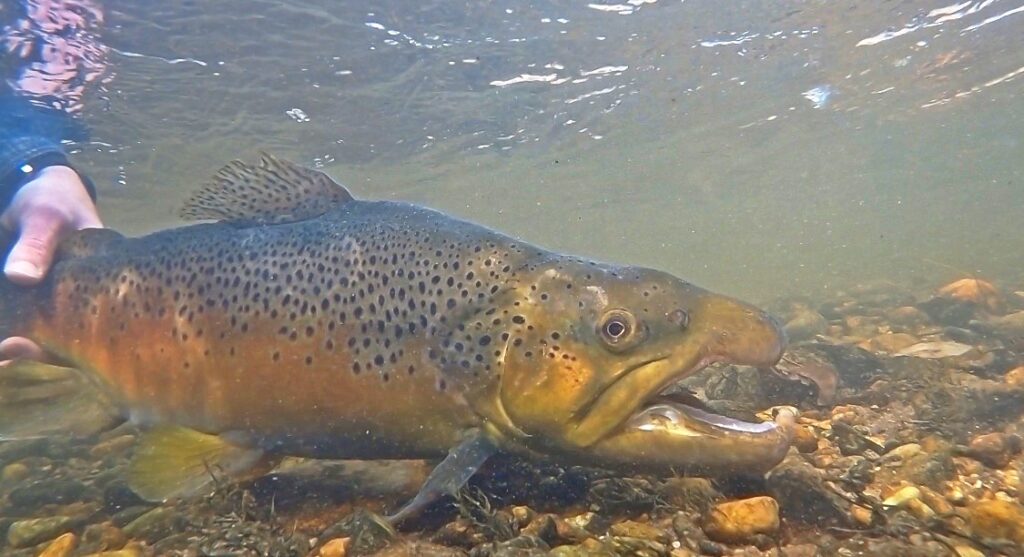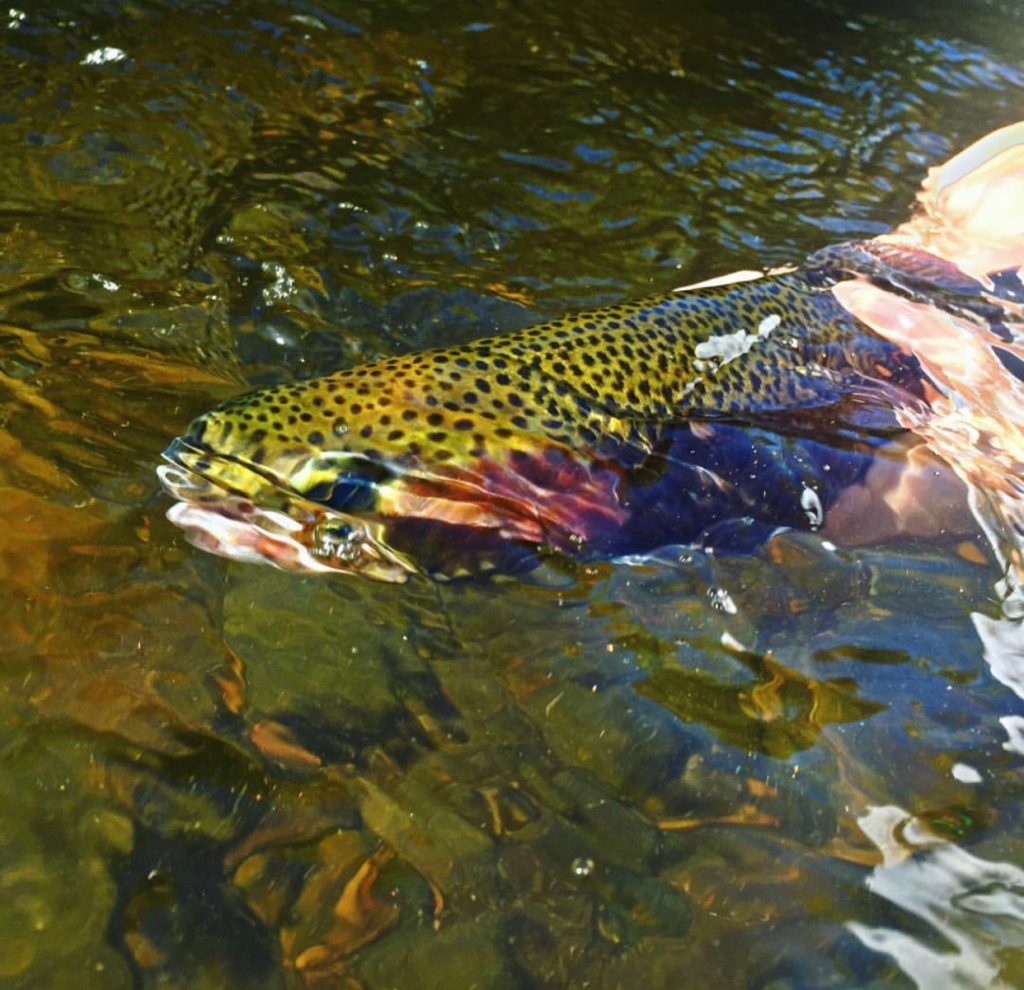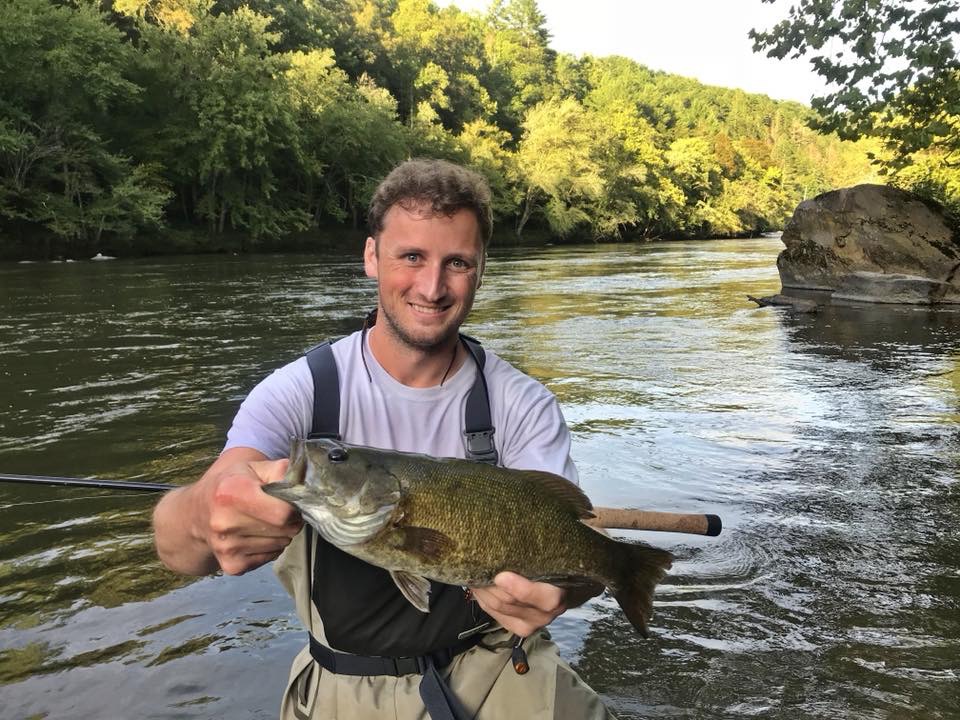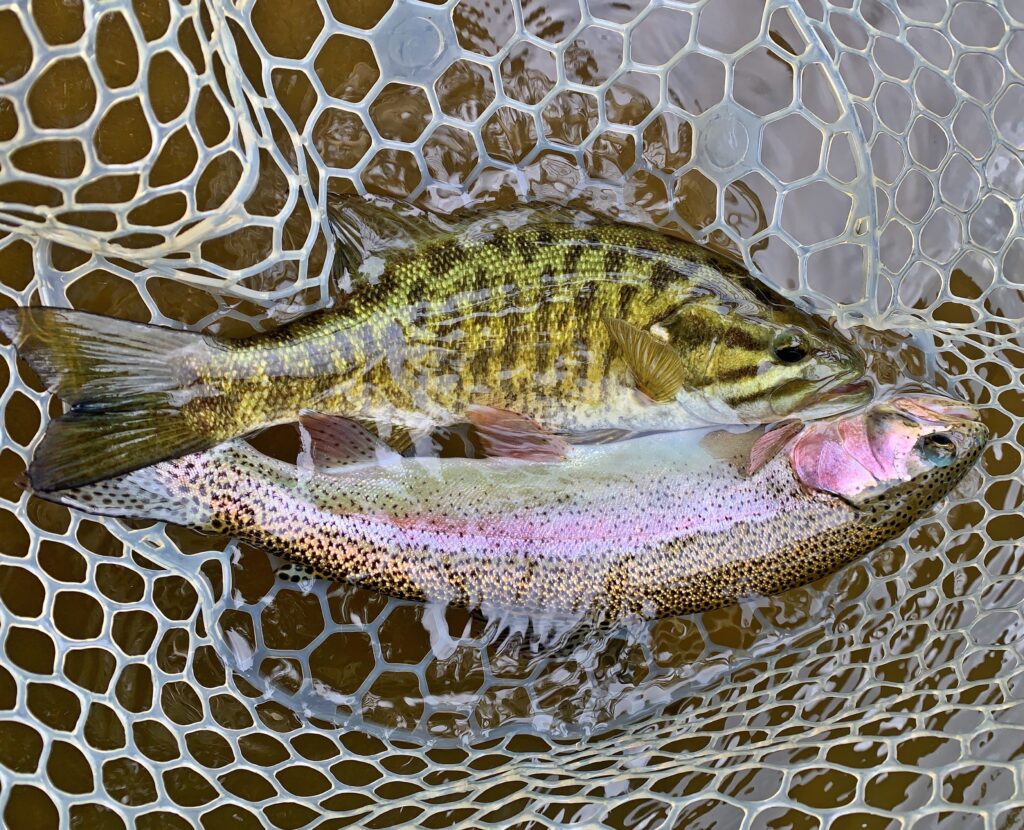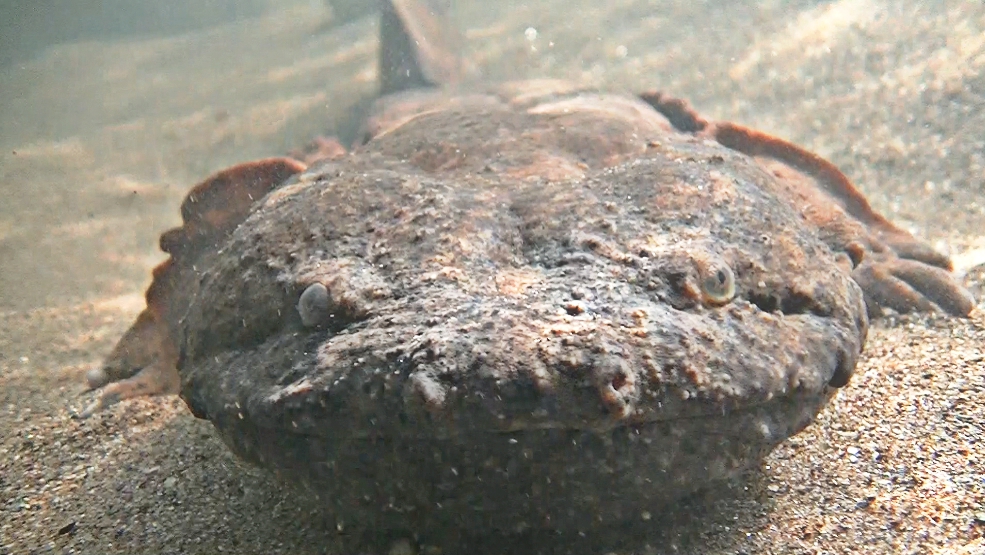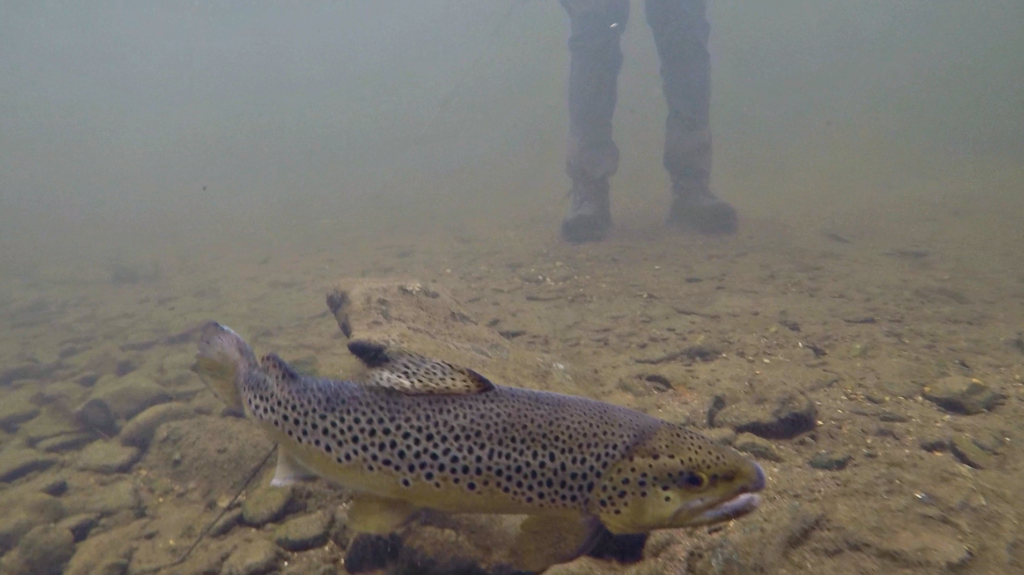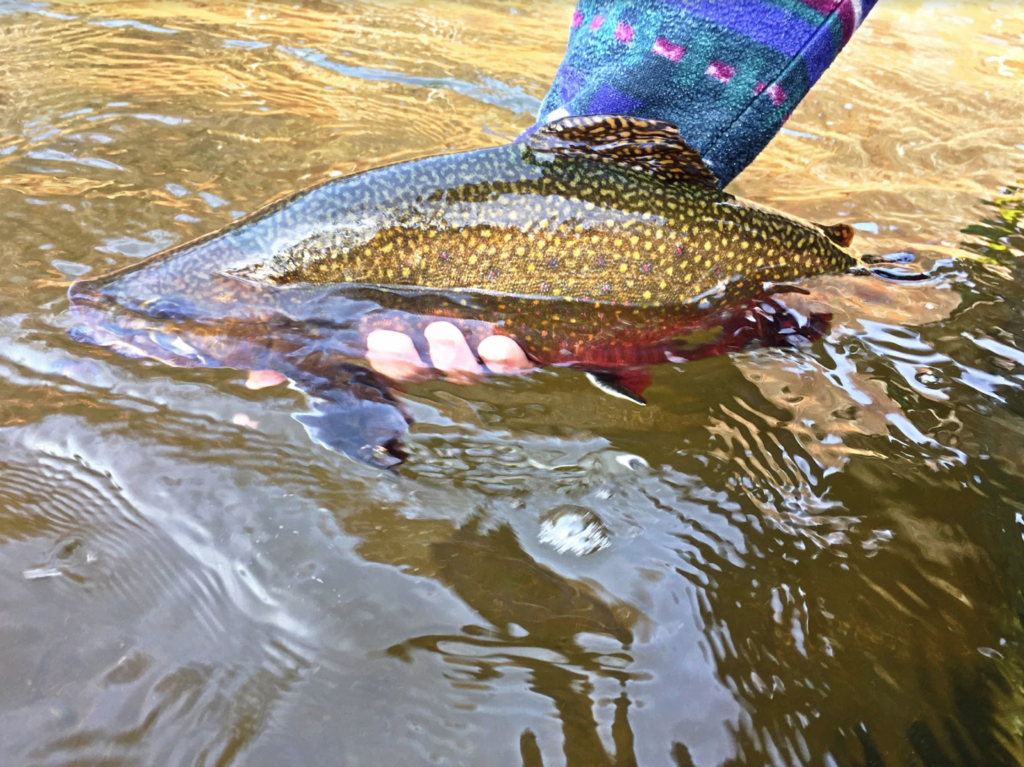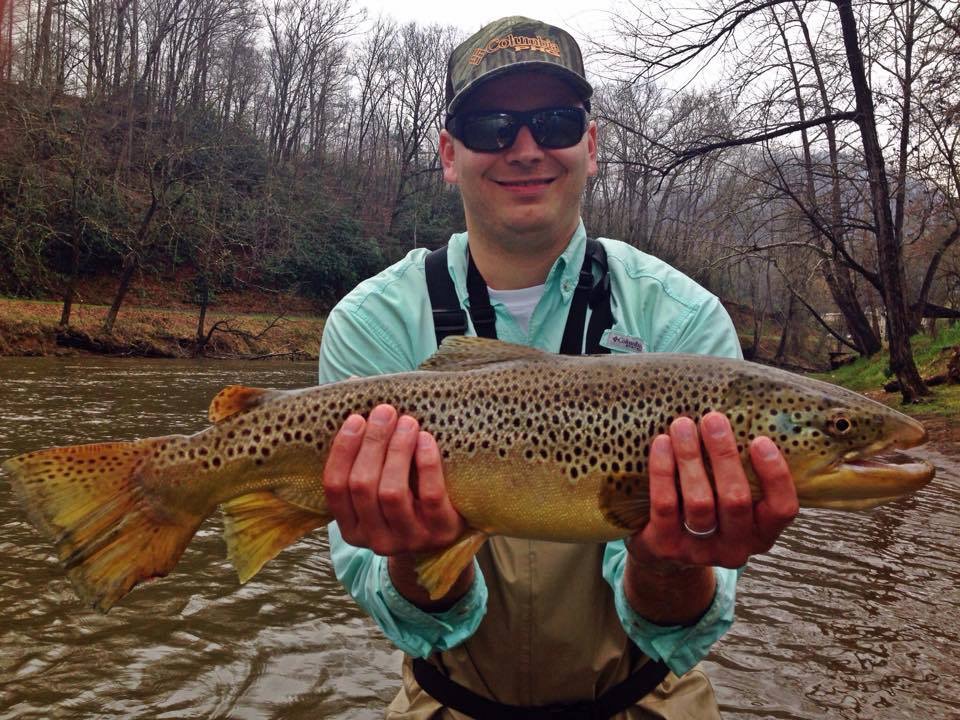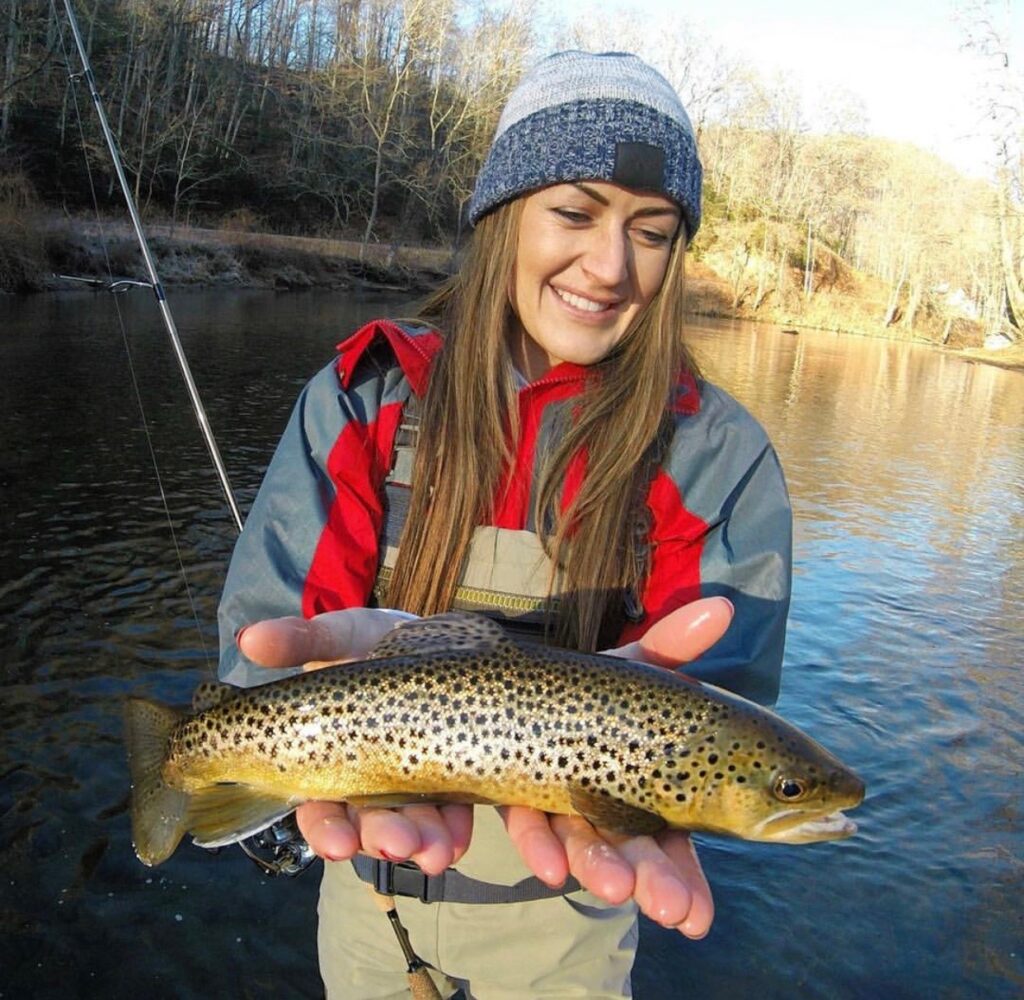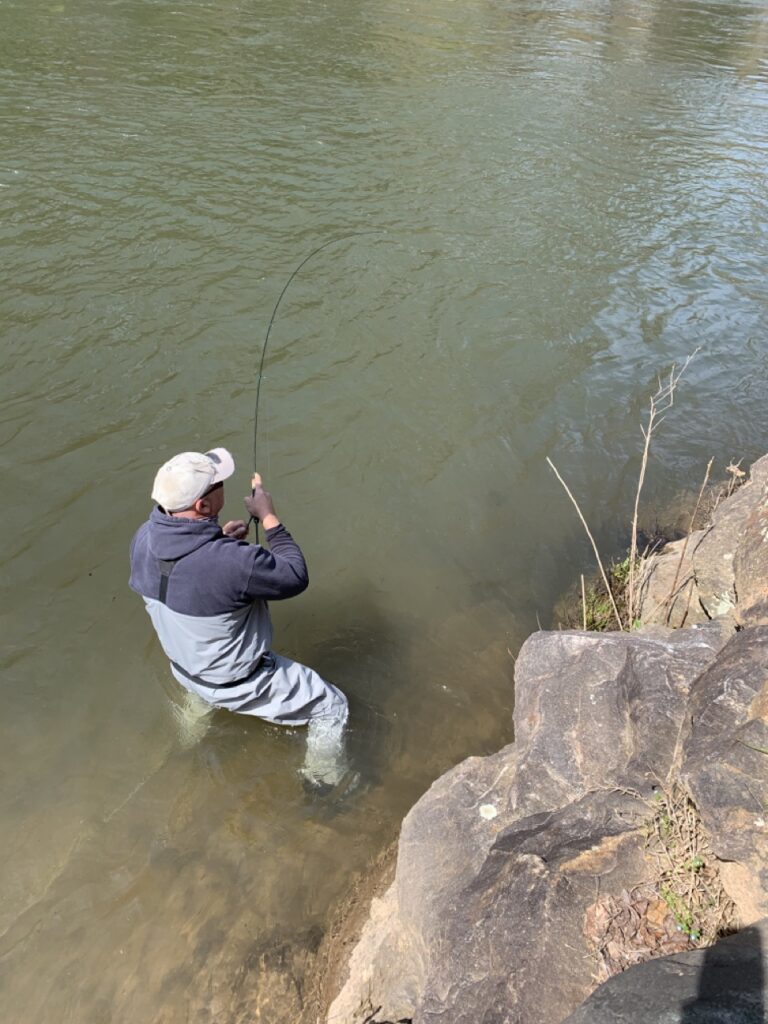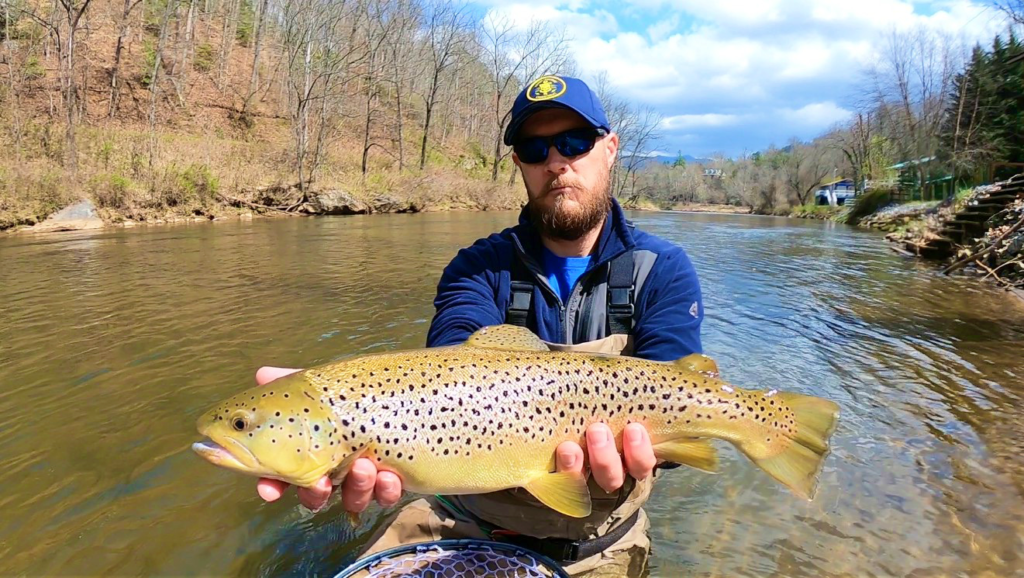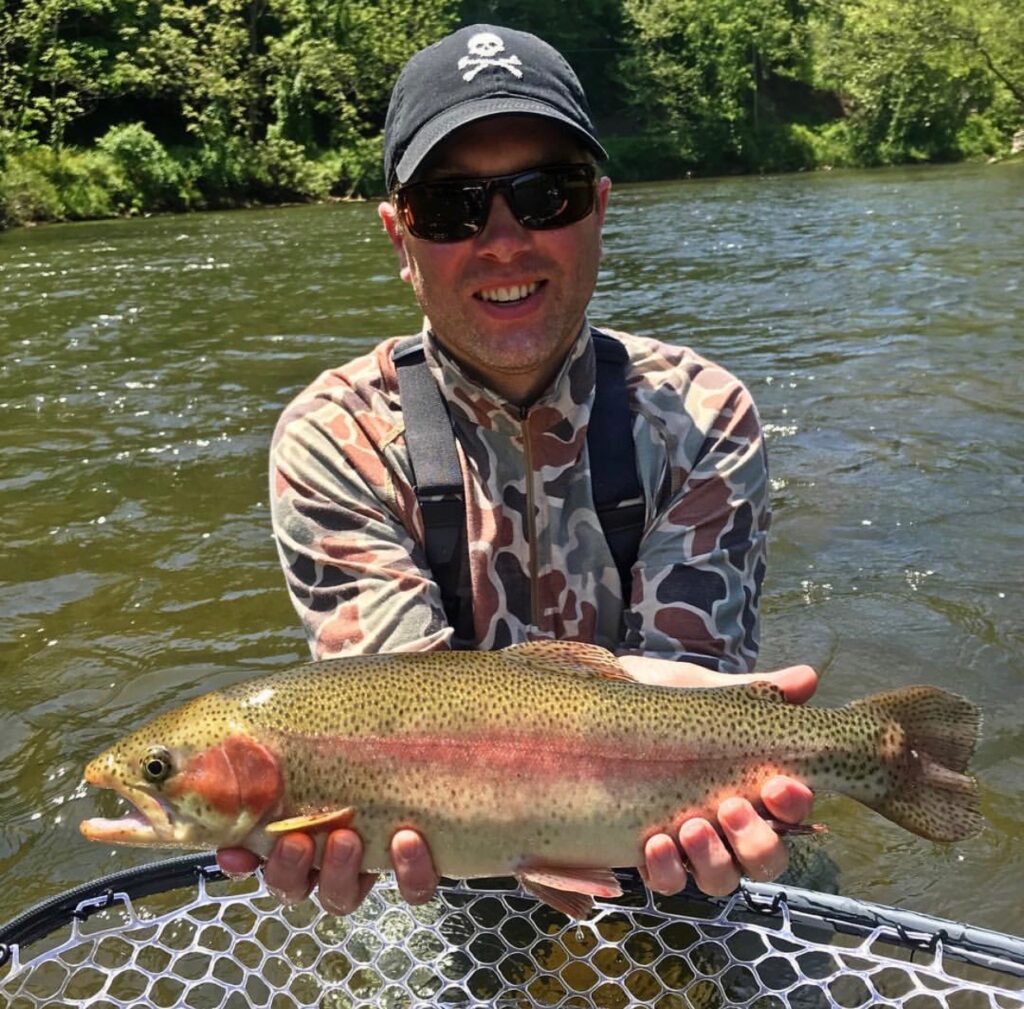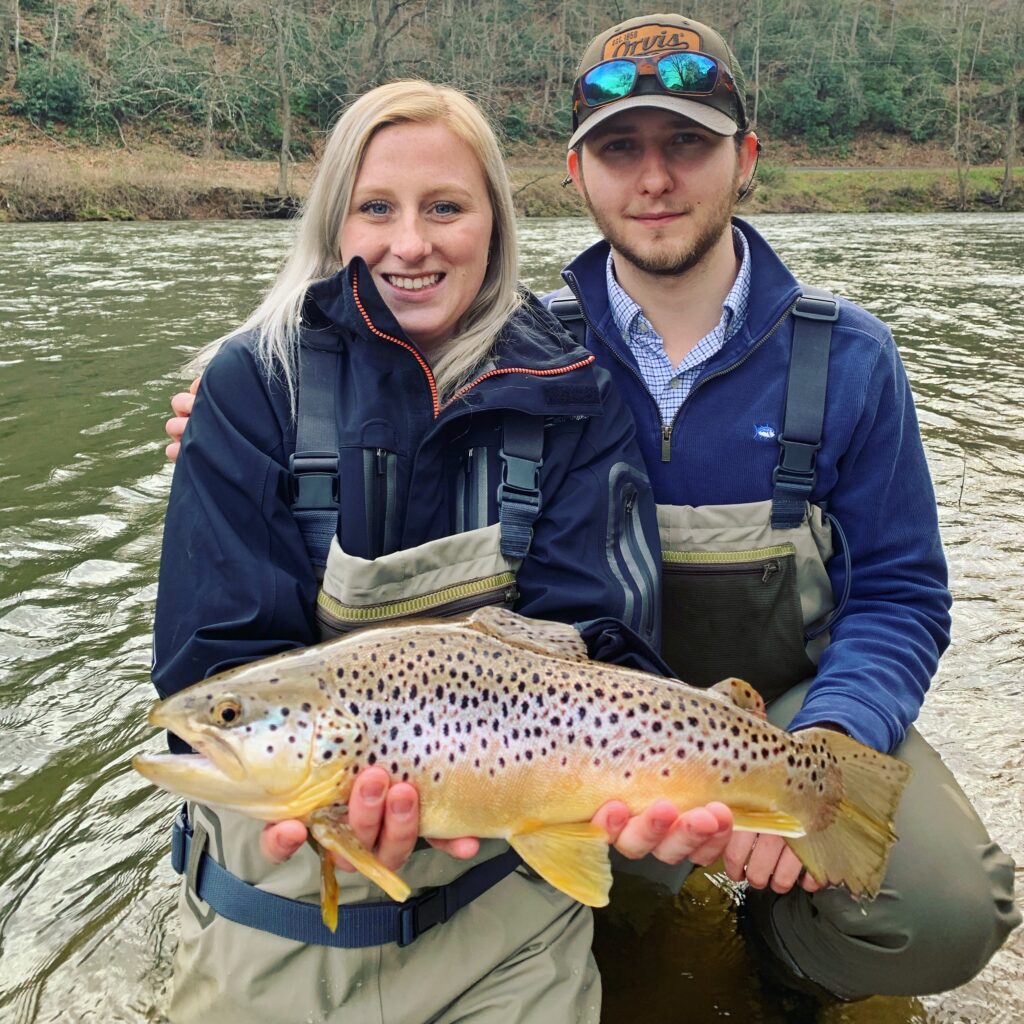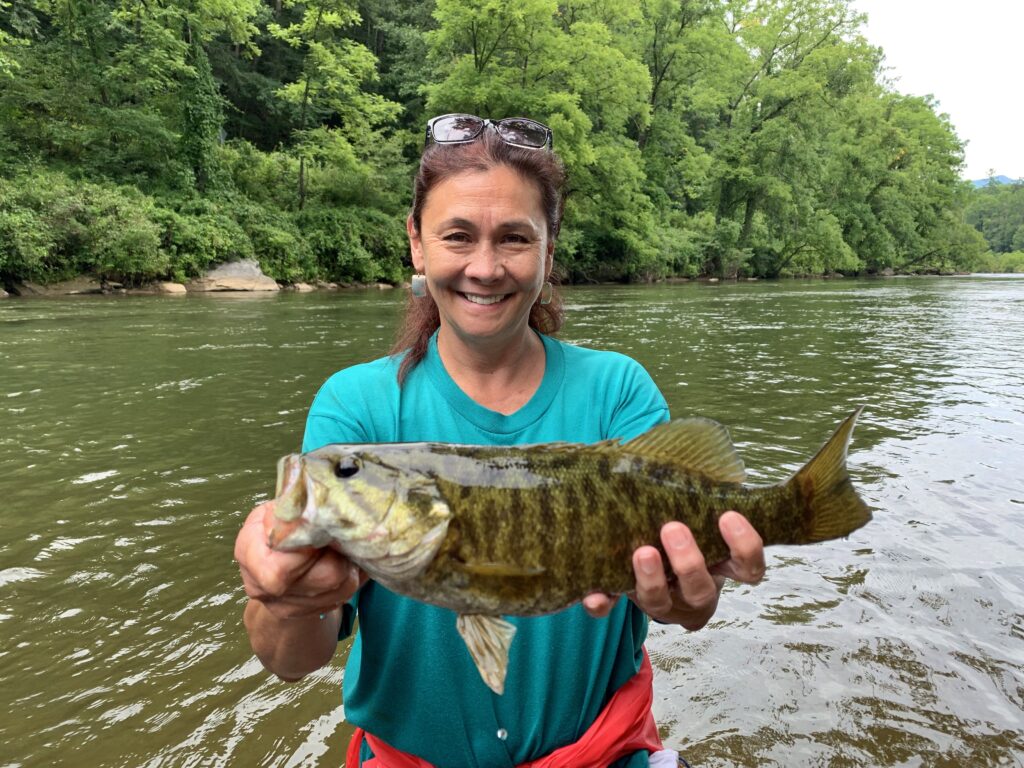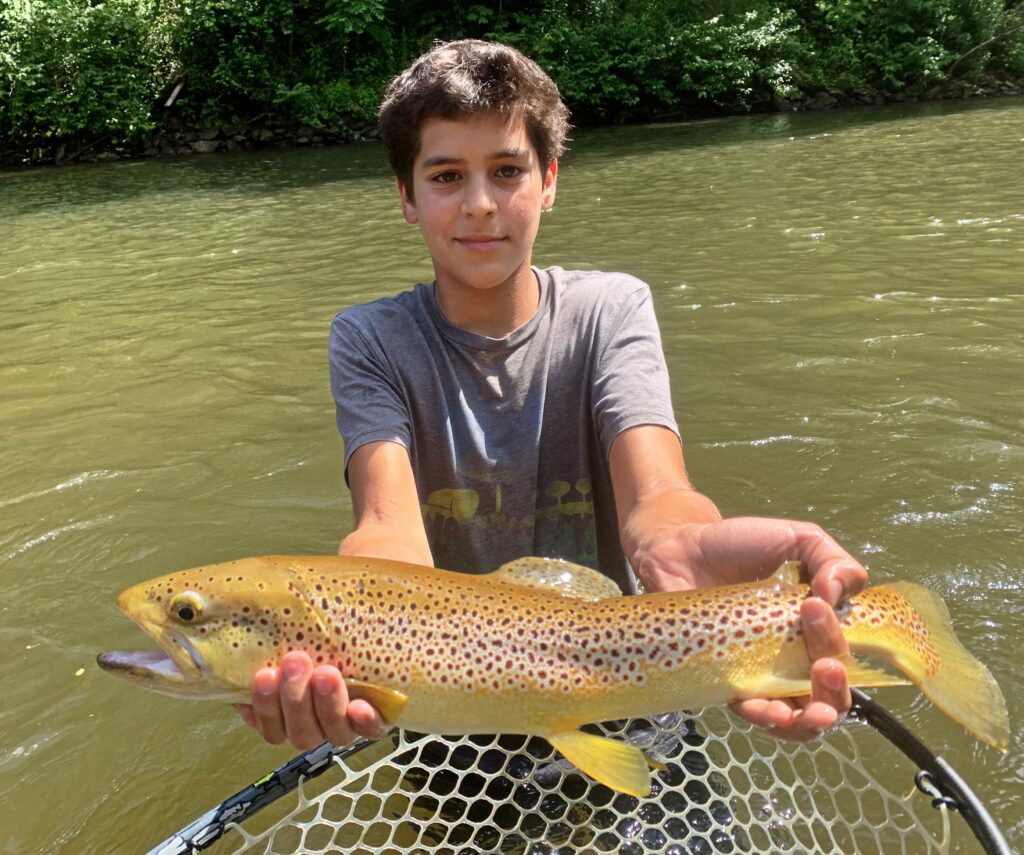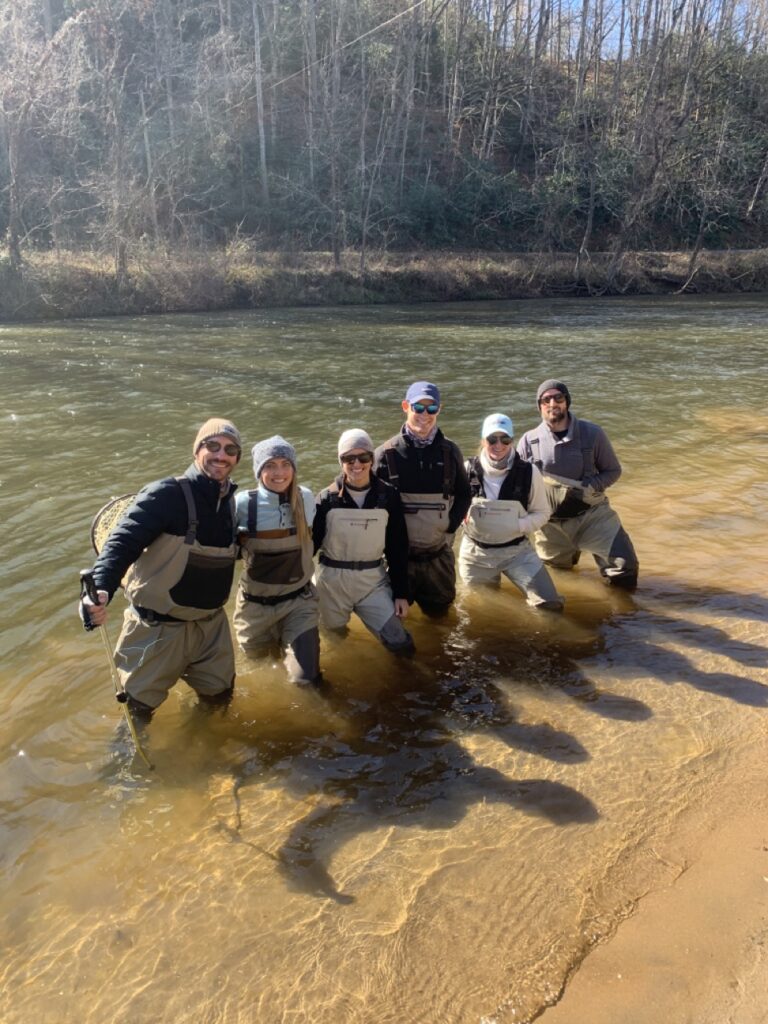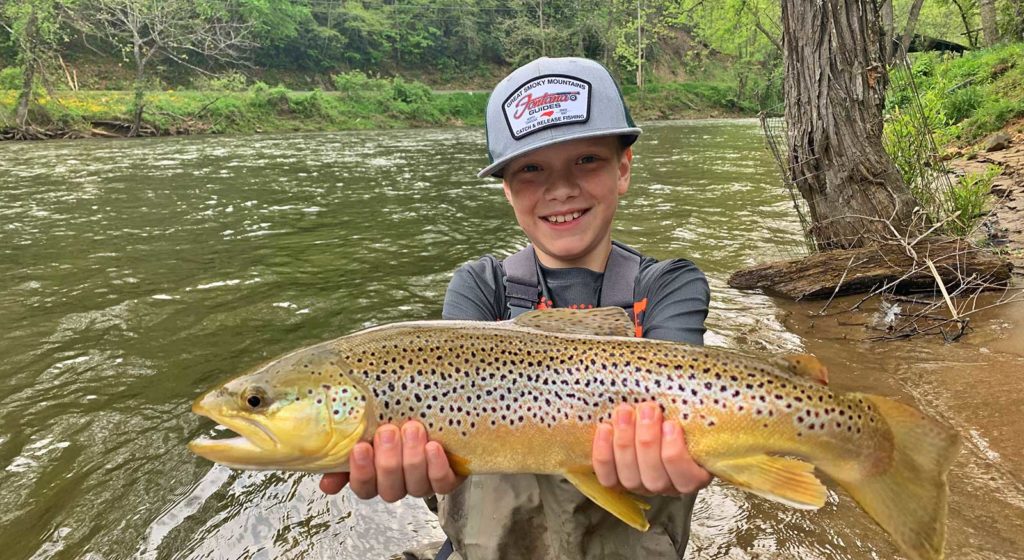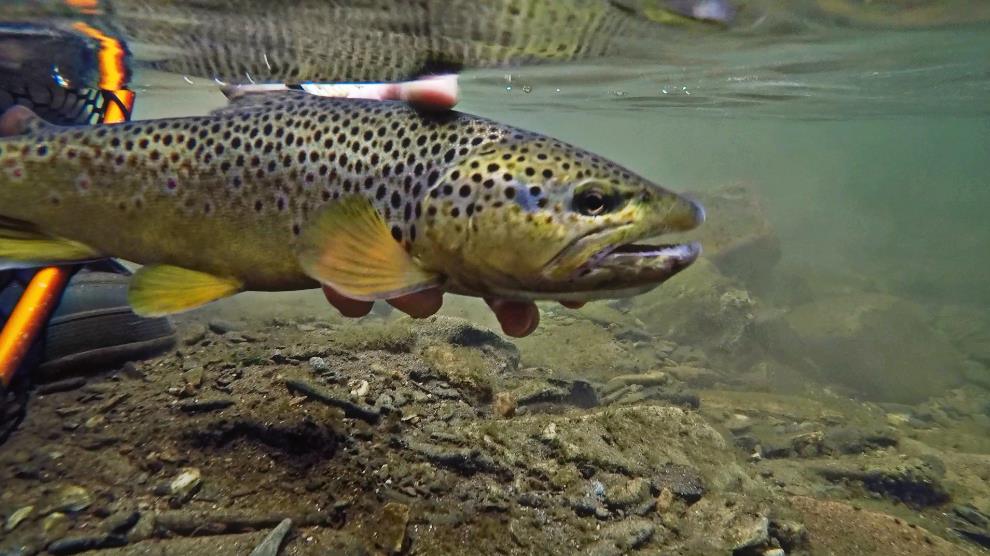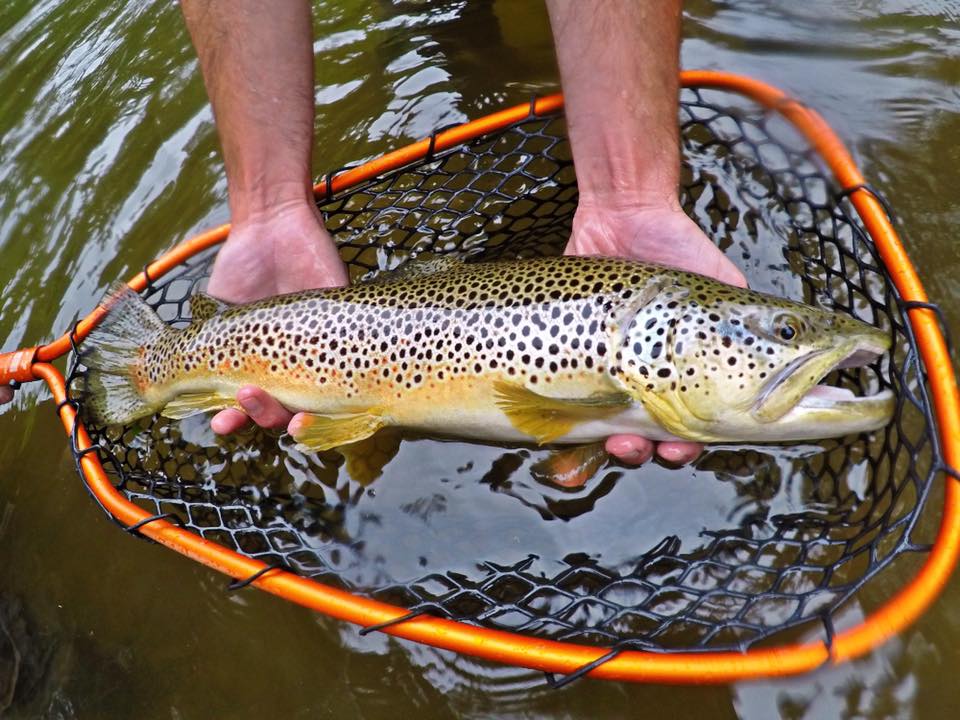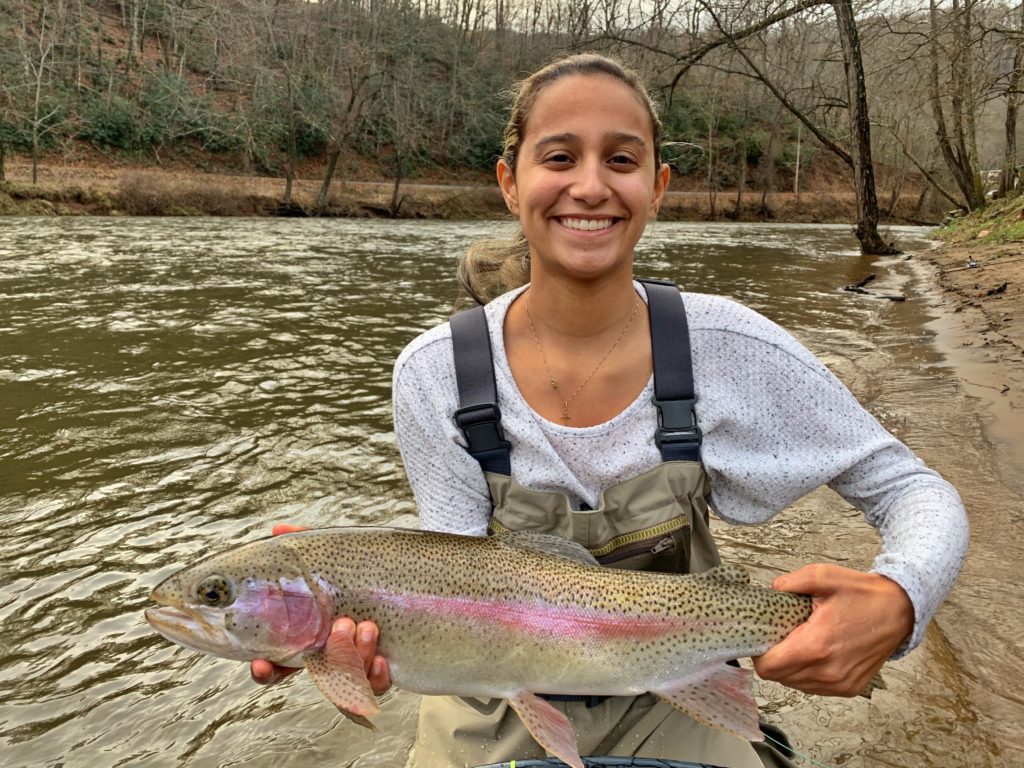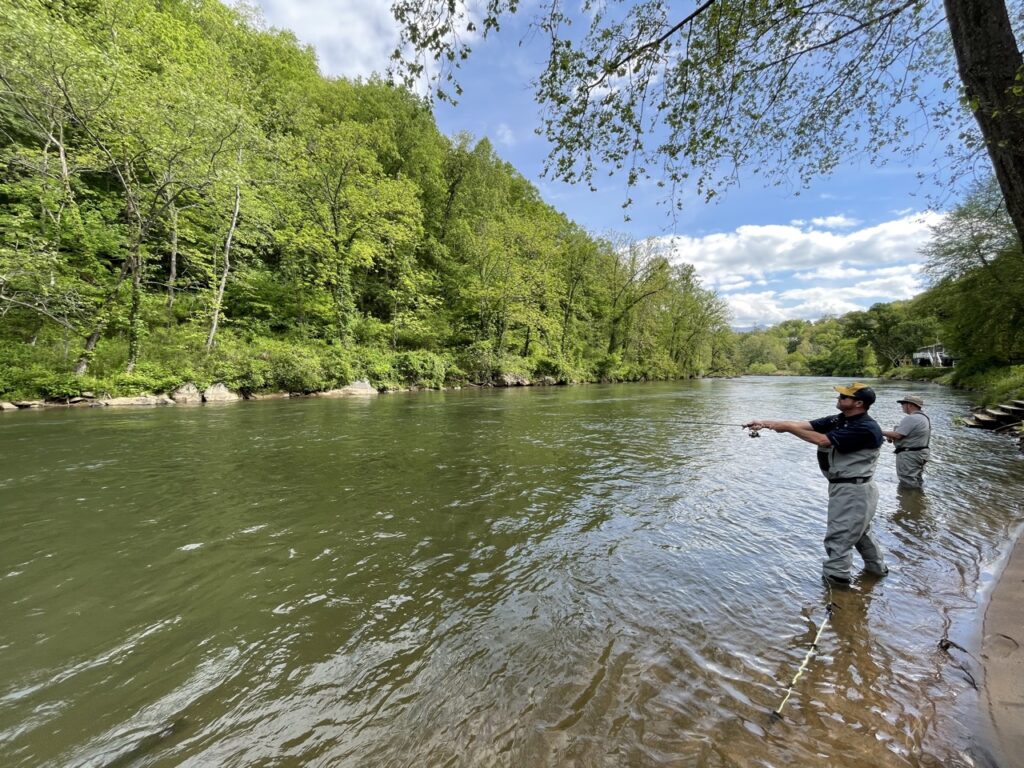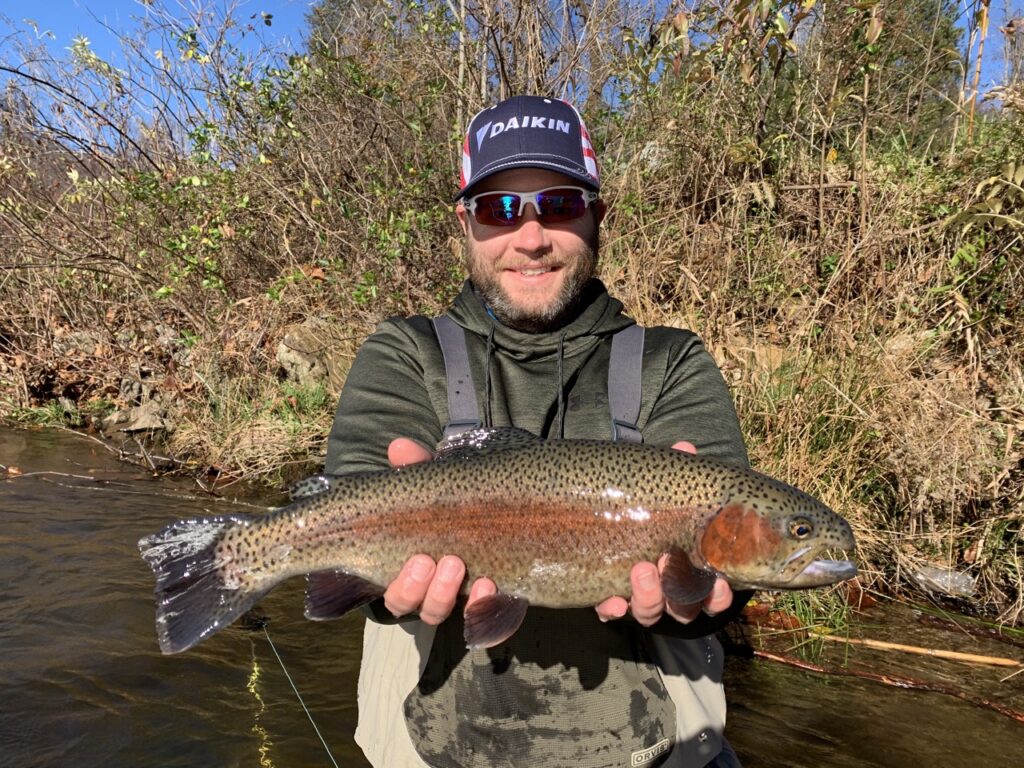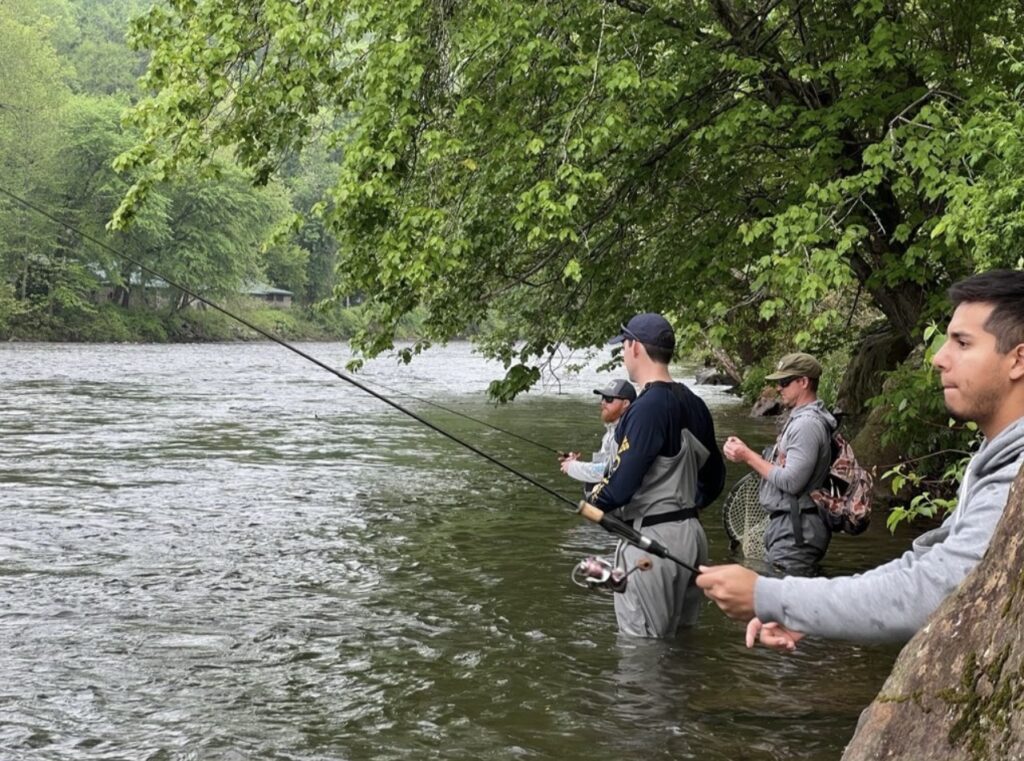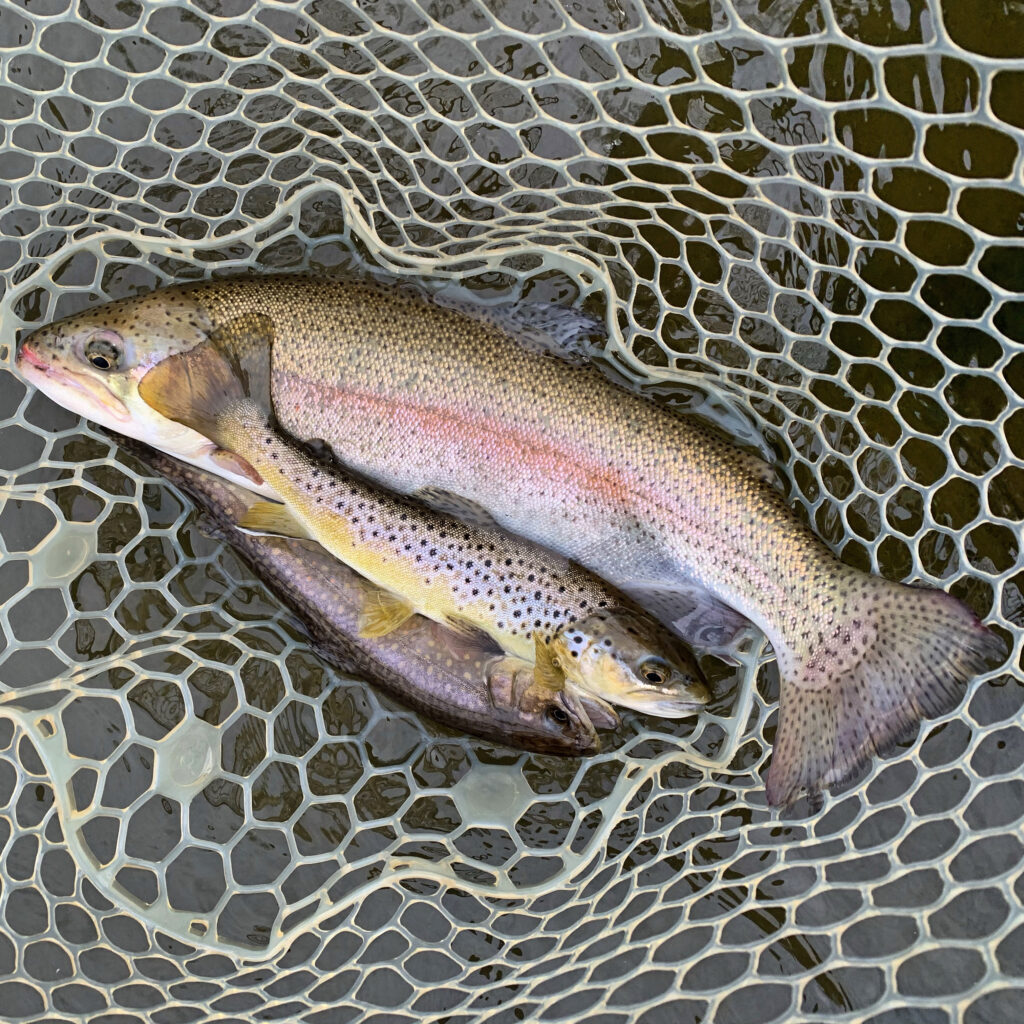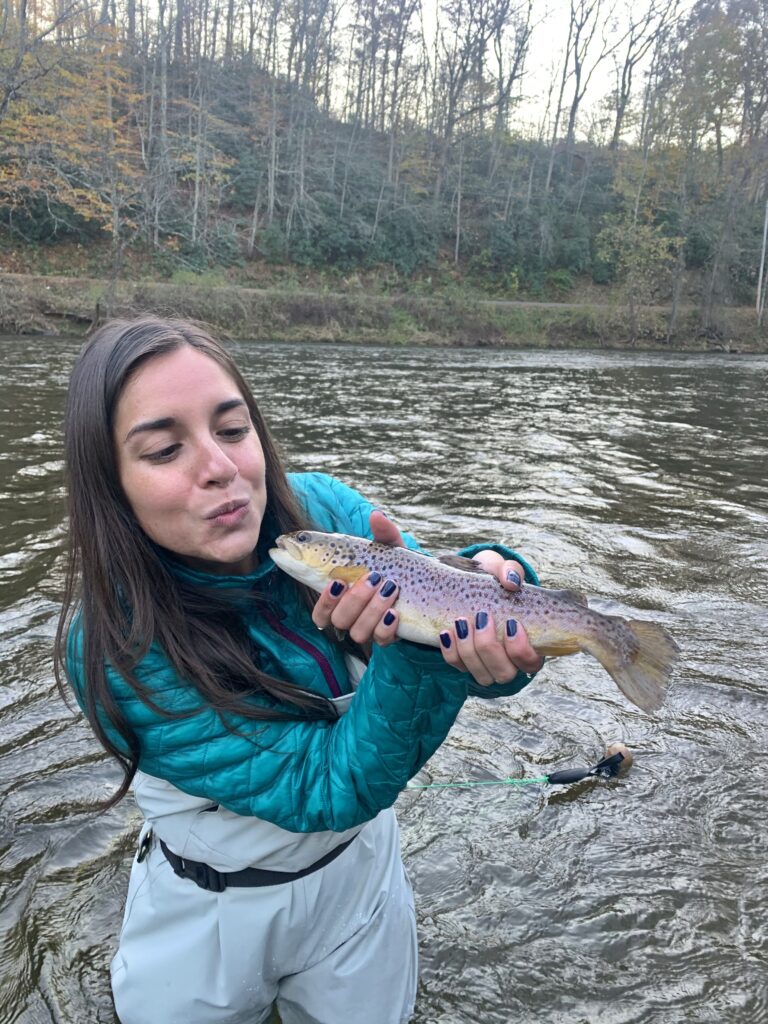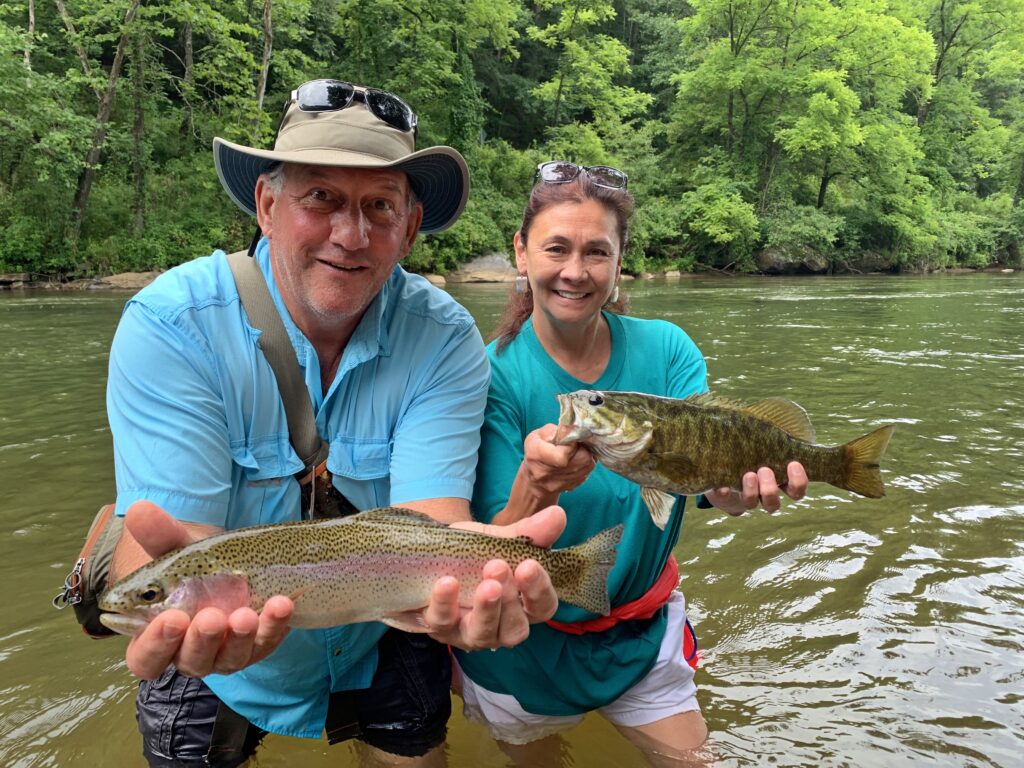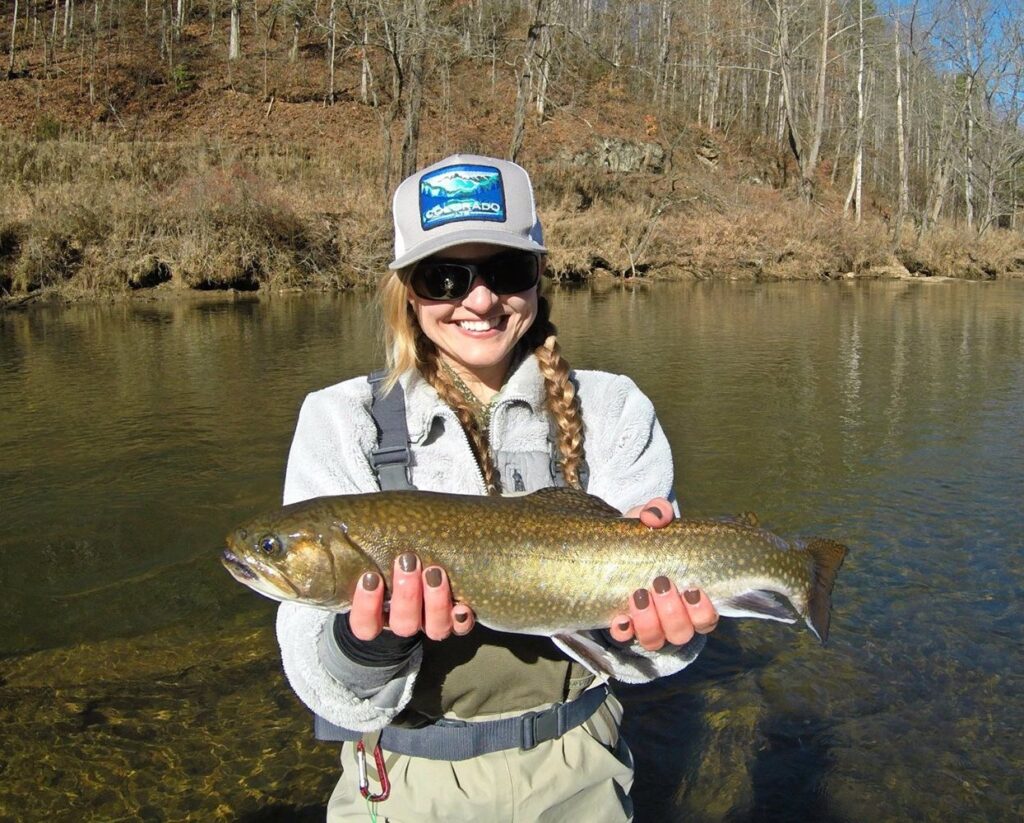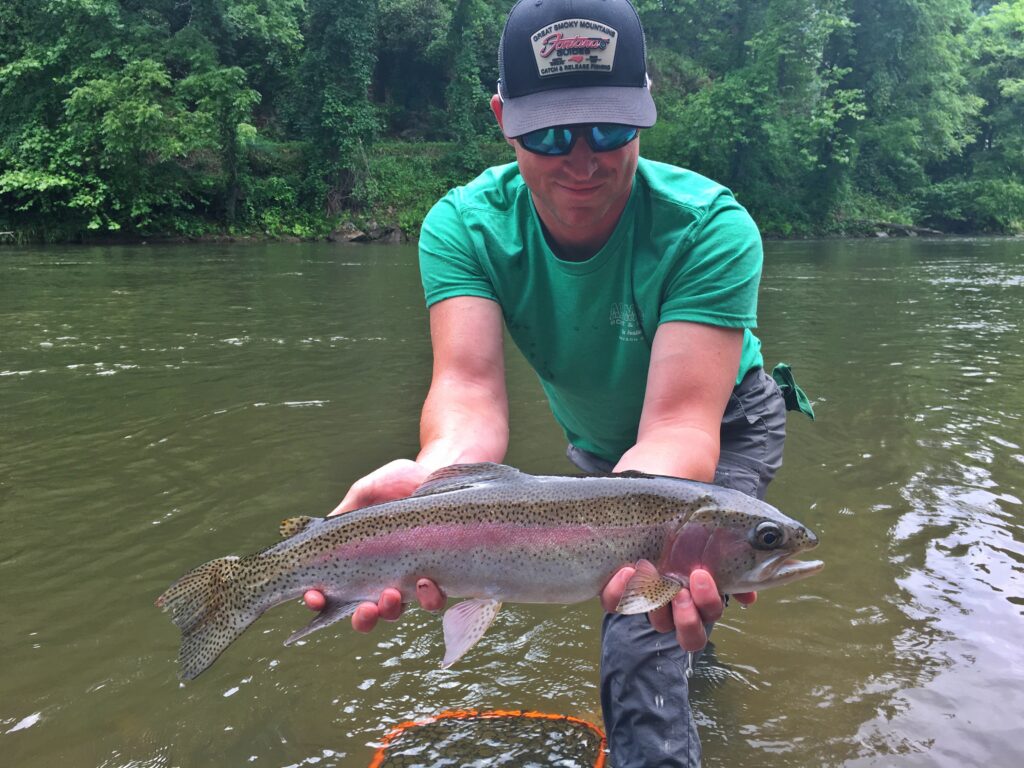Guided Spinning Tackle Trips
We offer half day (4hr), 3/4 day (6hr), and full day (8hr) guided wade & walk trips year round on the Tuckasegee and Little Tennessee Rivers. We fully outfit you in wading gear and primarily target rainbow trout, brown trout, brook trout, and smallmouth bass. We provide all the essential gear you need to have a great experience in the river. All you need to bring is fishing licenses and anything you wish to eat or drink. Anglers can expect to use ultralight to medium spinning tackle outfits and target fish with a wide variety of artificial lures and flies. 100% catch and release all the time.
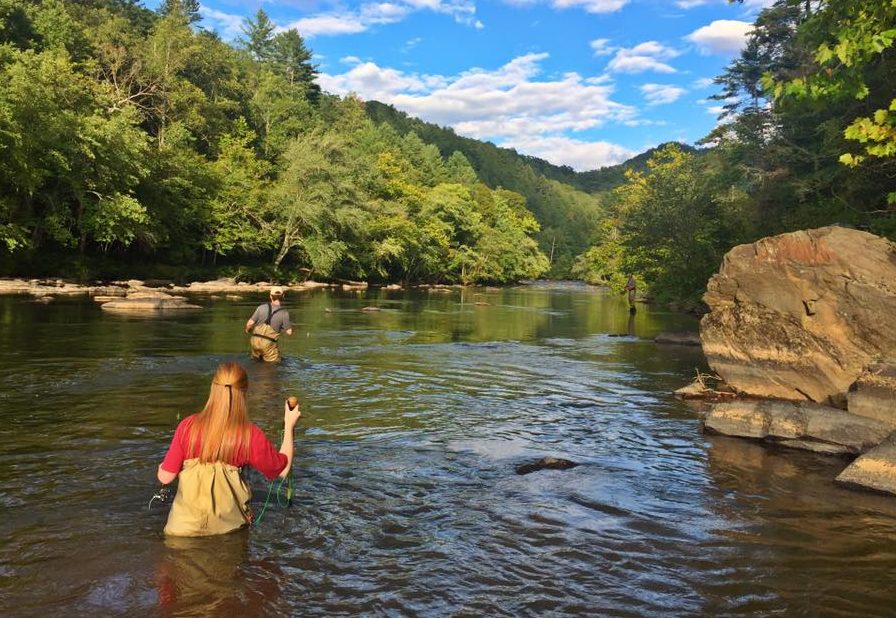
Tuckasegee River
The Tuckasegee, known as the “Tuck,” originates in Cashiers and runs through Sylva, Dillsboro and Bryson City on its way to Fontana Lake. It combines into two forks, the East and West, each of which is hydroelectric dammed. The cold water discharges combine into one river that provides an ideal habitat for trout for most of the year.
The popular Delayed Harvest section is approximately 5 miles long and located between the towns of Dillsboro and Sylva, NC. It is heavily stocked by the state wildlife commision with rainbow, brown and brook trout. There is also a small population of wild trout and holdover trout from previous year’s stockings, along with smallmouth bass, rock bass, and redhorse.
The Tuck was one of the first North Carolina streams to be put under Delayed Harvest regulations and it has become widely popular. We are the only guide service in the region with a private riverside access point, ensuring our clients can beat the crowds when needed and successfully target fish when rivers flows are high. The best time of year to wade fish the Tuckasegee River and target trout is October through June. The best time to target smallmouth bass in mid April through October.

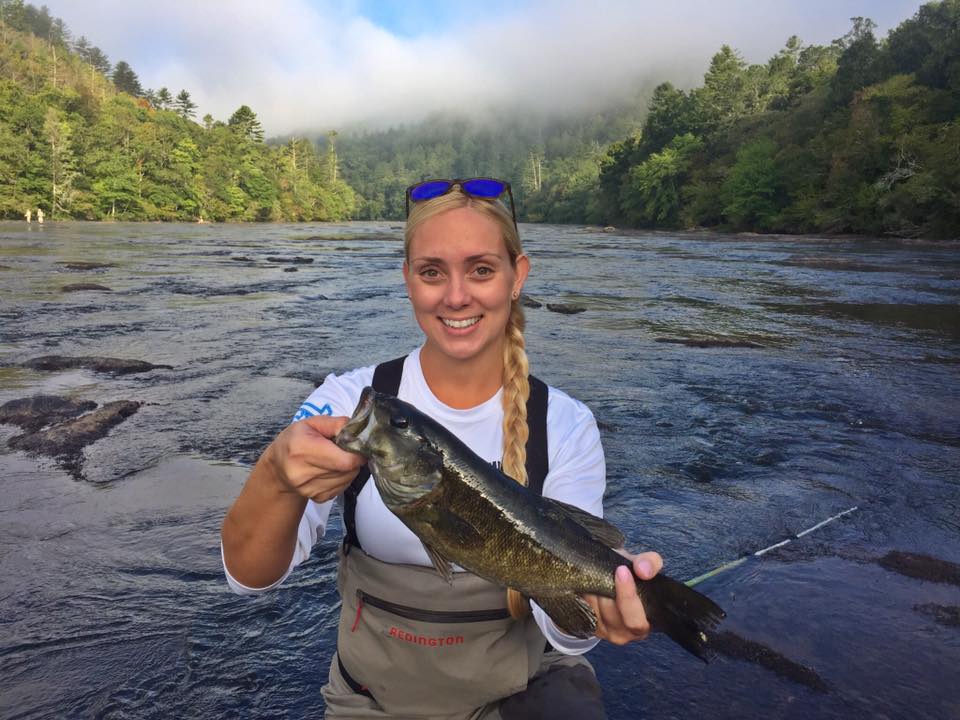
Little Tennessee River
The Little Tennessee River originates in the North Georgia mountains and then flows North through the town of Franklin, North Carolina before being impounded by Lake Emory. Emerging from the Lake Emory Dam, the Little Tennesee River tumbles and turns through Macon and Swain County all the way down to the Fontana Lake. The 25 miles of free flowing river between Lake Emory in Franklin and the narrows at Fontana Lake in Bryson City becomes rocky, swift, and wild and supports one of the most diverse ecosystems of plants and animals in the Blue Ridge Mountains.
This stretch is where we put our focus and target smallmouth bass primarily, but anglers can expect to see the occasional spotted bass, sunfish, walleye, trout, rock bass, catfish, redhorse, and the ultra rare: wild muskie. The river ranges from about thirty yards wide in it’s upper reaches to a hundred yards wide in its lower range as it reaches Fontana Lake. Conservation efforts have helped preserve the Little Tennessee River to make it one of the most scenic and cleanest rivers in the region. The best time of year to fish the Little Tennessee River is mid April through October.
Tuckasegee River Rainbow, Brown, & Brook Trout
Between the months of October and June we primarily guide our wade and walk trips on the Delayed Harvest portion of the Tuckasegee River for rainbow trout, brown trout, and brook trout. Our clients can expect opportunities to catch the Tuck Trout Slam of all three trout species and have chances at trophy size fish above 18 inches in length. This portion of the Tuckasegee River is the centerpiece of the Western North Carolina Fly Fishing Trail and receives nearly 50,000 stocked trout each year. The Western North Carolina Fly Fishing Trail can also be fished with spinning tackle under the single hook, artificial lures & flies only regulations.
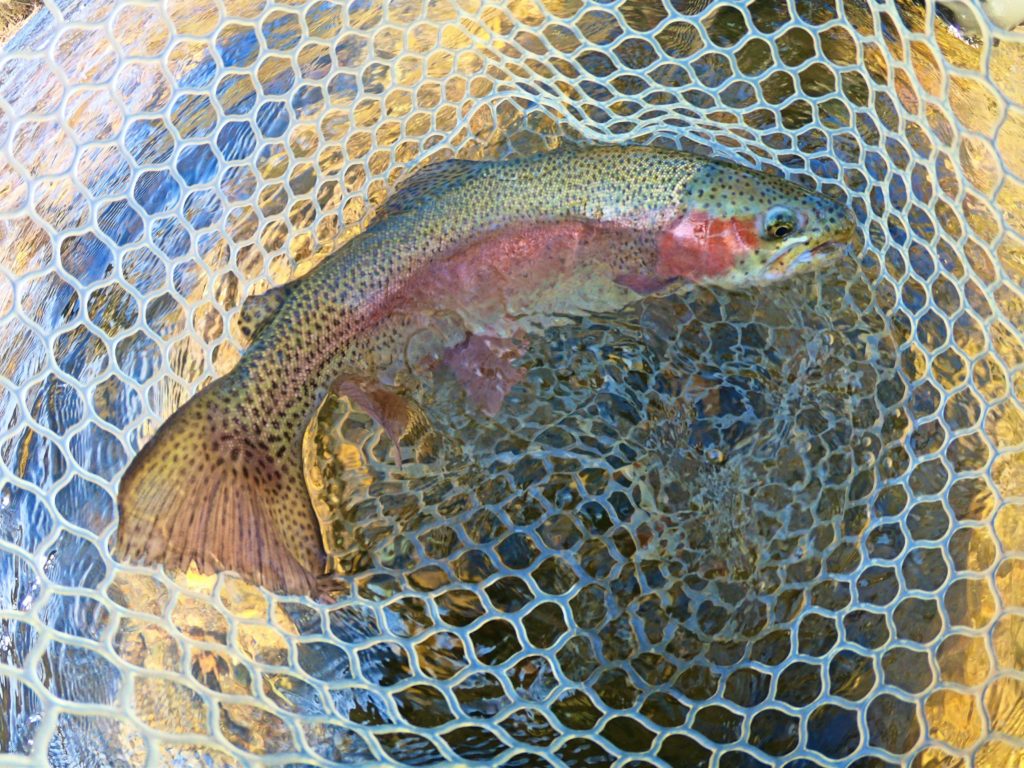
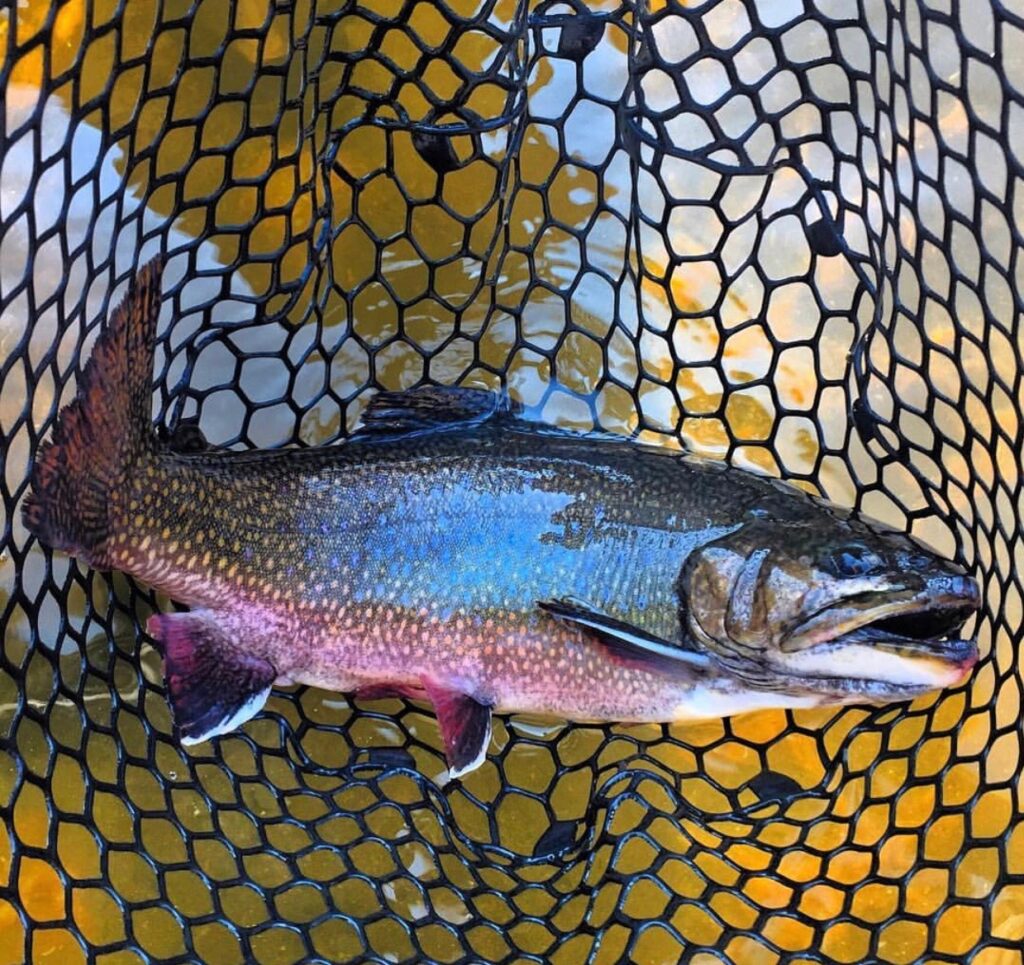
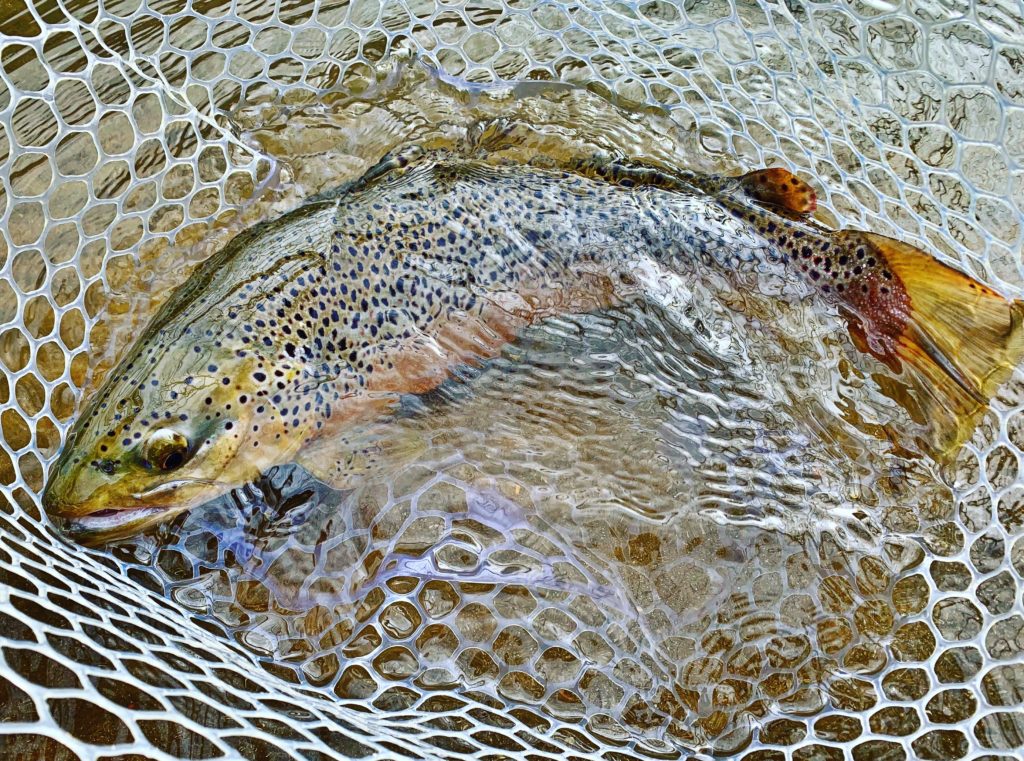
Smallmouth Bass
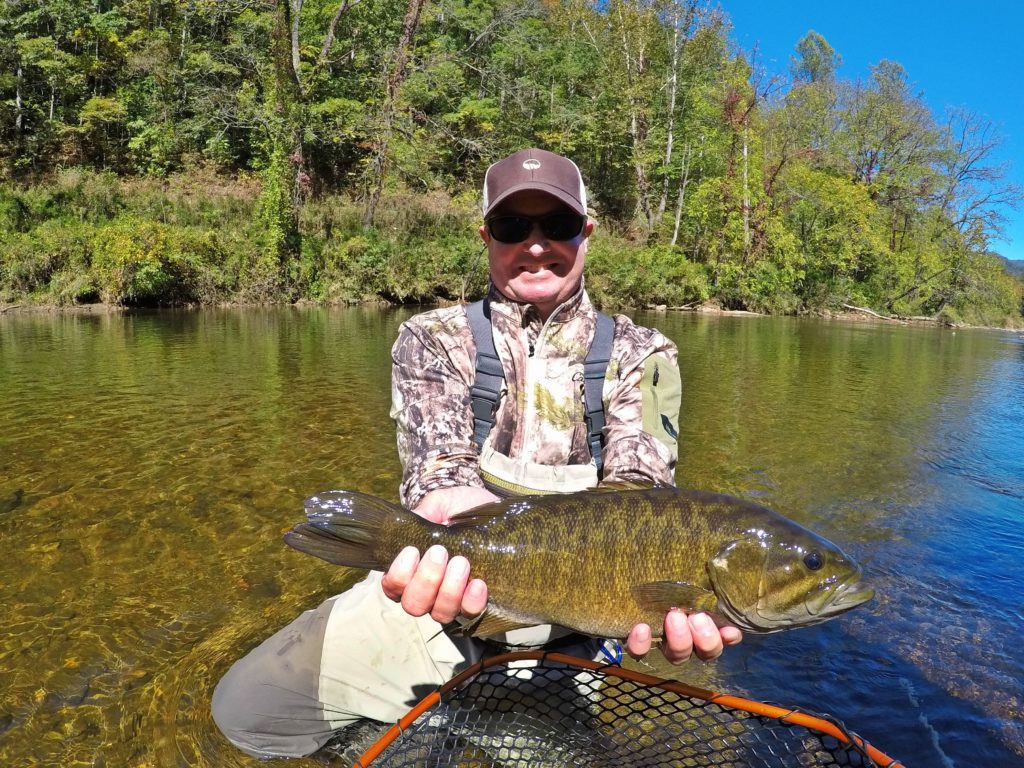
Western North Carolina rivers may be be best known for trout, but during the warmer months of the year there is exceptional smallmouth bass fishing. We target smallmouth bass on our wade and walk fishing trips between the months of April and October on the Tuckasegee River and Little Tennessee River. Smallmouth bass are widely regarded as one the hardest fighting game fish in freshwater. Their reputation is built on stamina, acrobatic fights, and aggressive top water strikes. Smallmouth bass fishing in our rivers can be productive and challenging. In our Western North Carolina population, fish average between 10 to 12 inches, but trophy fish exceeding the 18 inch mark are not uncommon. Fish reaching over 20 inches in length are rare, and are considered a once in a lifetime smallmouth in our rivers.

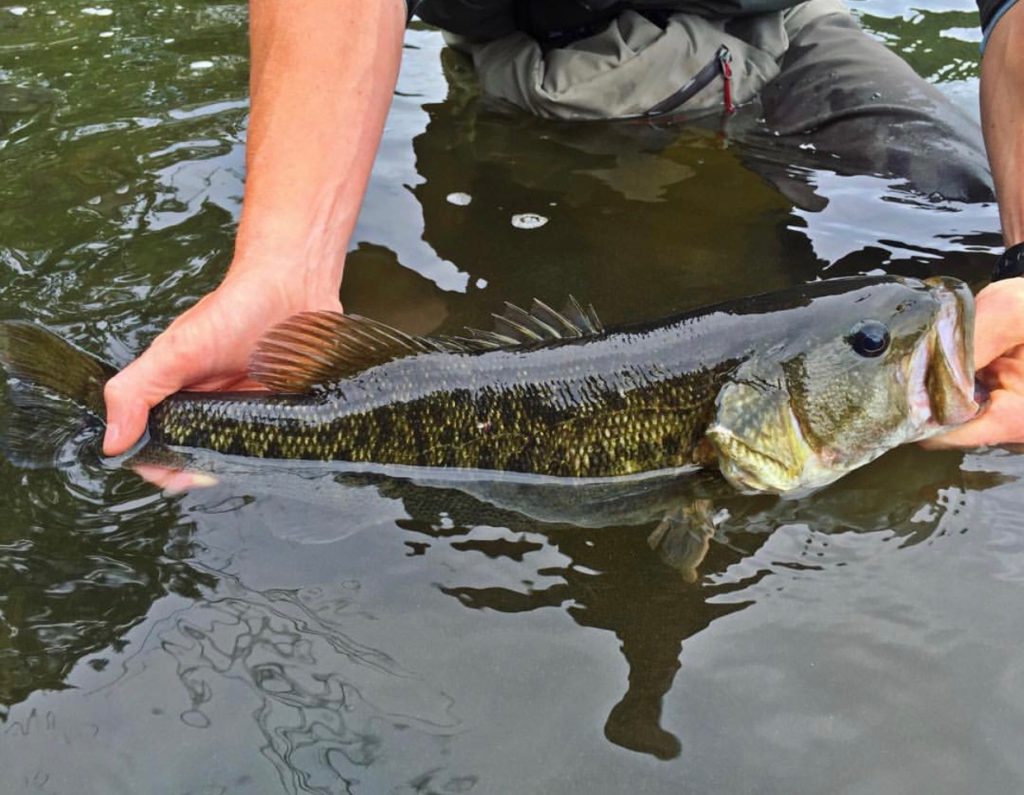
Gallery
